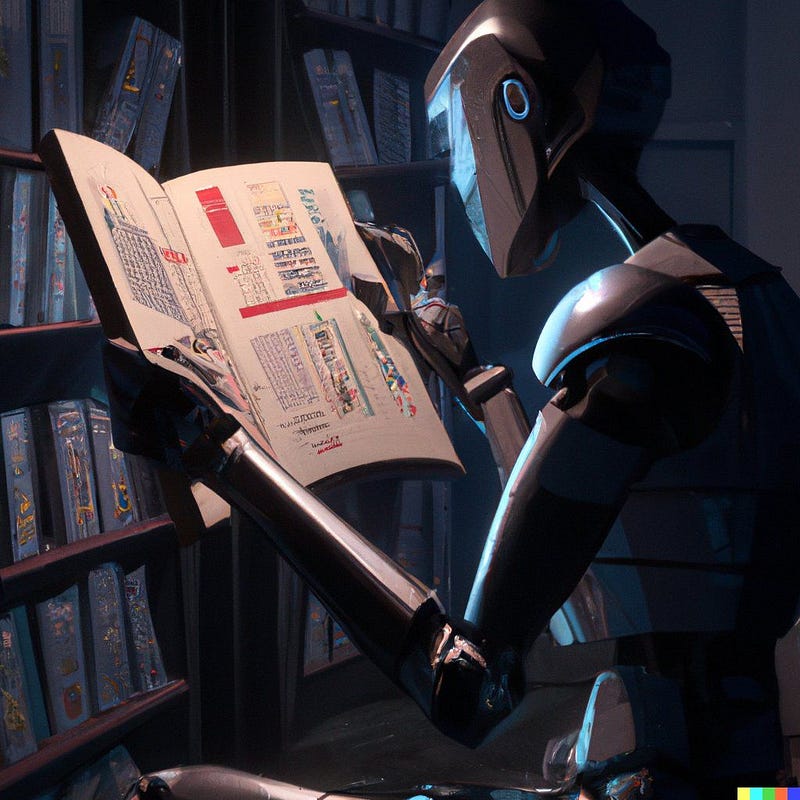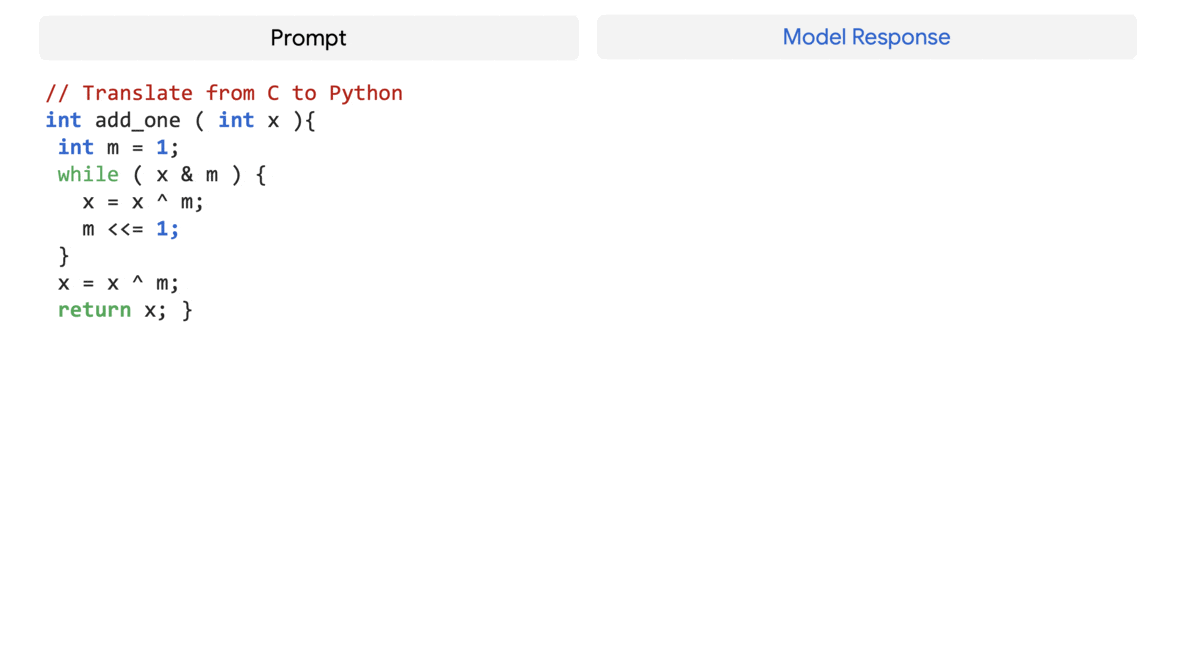Exploring Machine Intelligence: Can Machines Truly Think?
Written on
Introduction to Machine Intelligence
The concept of machines possessing the ability to think has intrigued humanity for centuries. Tracing back to antiquity, early Greek legends speak of Talos, a bronze automaton designed to guard the shores of Europa, showcasing human-like emotions and judgments—an idea born over two millennia ago.
In the 19th century, Ada Lovelace envisioned that machines could compose intricate and scientific musical pieces, reflecting the profound imagination of early thinkers regarding machine intelligence. This longstanding fascination has driven humanity to explore the mechanization of thought, leading us to the current state of artificial intelligence.
As we delve into the question of whether machines can think, we'll examine a range of contemporary AI capabilities that might astonish or even alarm those who haven't kept pace with recent developments in technology.

Current AI Capabilities
Can Machines Write?
Surprisingly, nearly half of this text was generated by an AI. By providing a title, some introductory sentences, and a few structural cues, I utilized a text generation model to create various paragraphs autonomously. After refining the output, I repeated this process until the article was finalized.
If you're unfamiliar with this capability, it may come as a shock. Writing appears to be an exclusively human endeavor, yet machines—operating purely on binary code—can produce coherent text through learned patterns.
This mirrors the pre-1990s perspective on chess, where it was deemed a purely human domain of intelligence. The advent of chess programs like Deep Blue shattered this notion, illustrating that even complex tasks like writing can be performed by machines.
Can Machines Create Art?
As detailed in my previous writings, machines have made impressive strides in art creation. One of the most effective methods employed is diffusion—a statistical technique that allows machines to learn to reconstruct images from noise.

By harnessing significant computing power and innovative algorithms, AI can generate stunning visuals based on textual descriptions in mere seconds, a feat that many find hard to believe.
Can Machines Program?
Ironically, programming—once thought to be a domain where human intellect reigned supreme—has become one of the first areas where automation is taking hold. AI programming tools, such as Codex and Copilot, are already writing a considerable portion of code, reducing the need for human programmers.

Can Machines Converse?
Machines are also capable of engaging in conversations. In 2019, Google introduced Duplex, a conversational AI indistinguishable from a human. This technology raised eyebrows and sparked debates about the future of human-machine interaction.
The reveal of Duplex prompted significant concern about the rapid advancements in voice synthesis technology, leading to ethical discussions about its implications in everyday life.
Can Machines Solve Complex Problems?
Released in April 2022, Google's Pathways Language Model (PaLM) demonstrated a proficiency surpassing that of the average human in various tasks, performing these functions at remarkable speeds.

This model can unravel complex jokes, translate programming languages, and craft narratives, signaling a future where machines may take on educational roles traditionally held by humans.
Can Machines Move?
The challenge of creating machines that interact with the physical world is substantial. However, advancements in robotics, particularly from organizations like Boston Dynamics, have led to increasingly sophisticated machines capable of navigating real-world environments.
Robots like Spot can run, navigate, and carry substantial loads, showcasing remarkable agility and adaptability.
Can Machines Kill?
While there have been no confirmed instances of machines causing human harm, the potential for this scenario looms. Some military applications are already experimenting with weaponized robots, raising concerns about future implications.
Concluding Thoughts: Can Machines Think?
As we consider whether machines can truly think, we must reevaluate our definitions of thinking. If one believes that machines lack the capacity for thought, it follows that other complex activities—such as conversing, writing, problem-solving, creating art, or even moving—do not require thought either.
This raises profound questions about human exceptionalism, suggesting that as machines evolve, the line distinguishing human thought from machine processes may become increasingly blurred.
Many still perceive thinking as an exclusive human trait, viewing AI's capabilities merely as advanced statistical analysis. However, the inner workings of both human brains and AI models remain largely enigmatic. We grasp the fundamental principles but struggle to understand the deeper processes driving complex behaviors.

The question lingers: can machines think? If you are skeptical, it may be time to reassess your perspective.